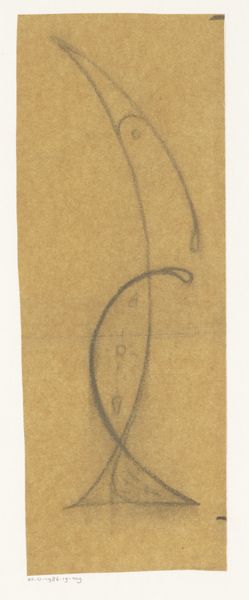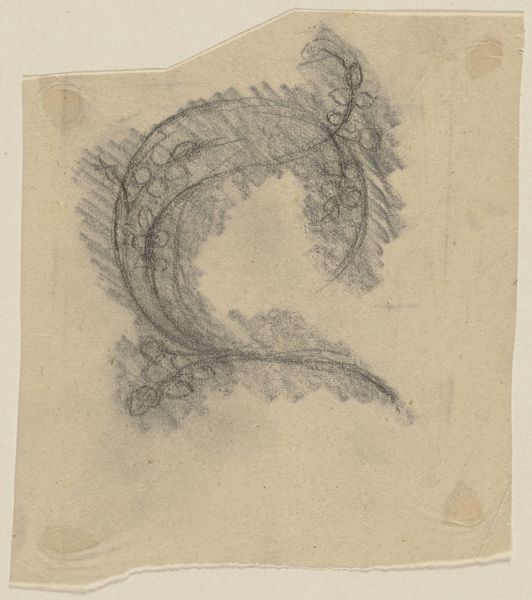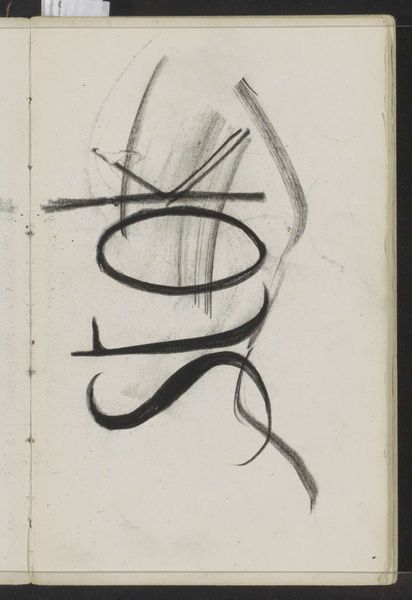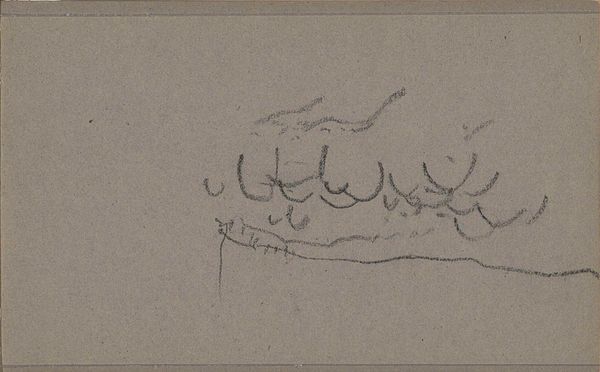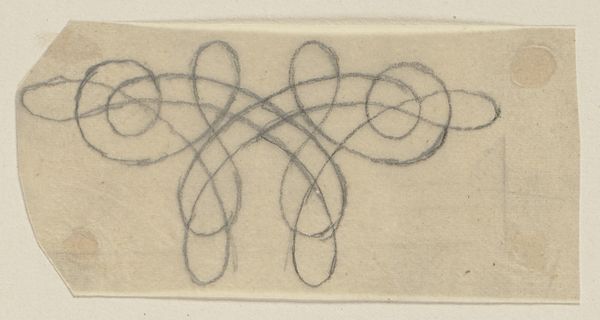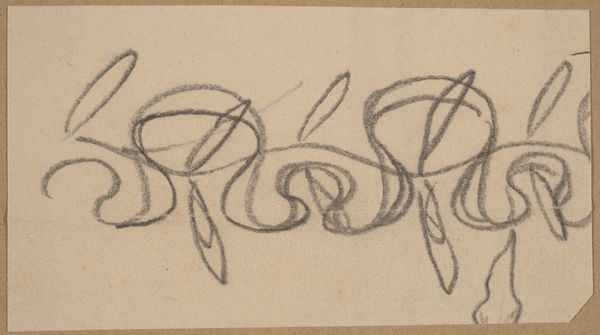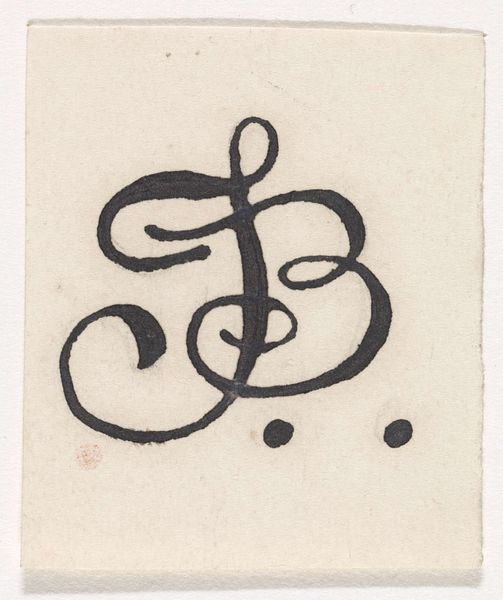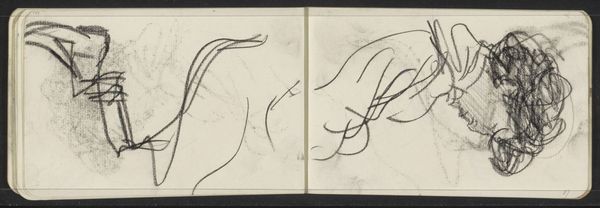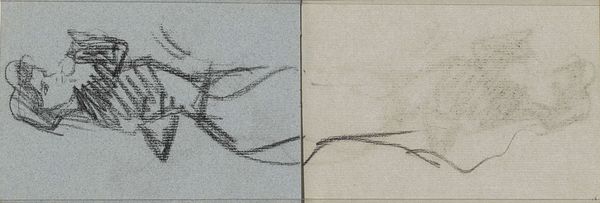
drawing, pencil
#
portrait
#
drawing
#
pencil sketch
#
form
#
pencil
#
line
#
academic-art
#
realism
Dimensions: 49 mm (height) x 229 mm (width) (bladmaal)
Editor: Right, next up we have *Three Studies of Mouths* by Nicolai Abildgaard, sometime between 1743 and 1809. It's a pencil drawing, quite simple. What strikes me most is the artist's dedication to capturing the subtle nuances of human expression using a humble material. How would you interpret this piece? Curator: Well, it’s the *how* that interests me most. This isn't about grand narratives or heroic themes typical of Academic Art. It’s about the labor of observation, the sheer repetition inherent in mastering form. Look at the paper itself – what kind is it? Probably readily available, inexpensive stock, indicative of a study, a practice. It is a means to an end. Editor: So you're saying the value isn’t necessarily in the finished product but in the process of creation itself? Curator: Precisely. These studies point to a production process, and the material conditions that shape artistic skill. Acknowledging the physical demands, the endless repetition, challenges our conventional understanding of artistic genius as solely an innate gift. Where was this paper made? Who made the pencils? Whose mouth was the artist using as the model? It's the material reality embedded in this artwork that matters, shifting focus from individual expression to a broader social context of artistic production and consumption. Editor: That's fascinating. I hadn't considered how the materials themselves play such a vital role. Curator: They are everything! This close attention to the humble elements helps to demystify the creative process. We move away from venerating the artwork as some mystical creation, towards an awareness of how it is materially constructed through various forms of labor and resources. Editor: That makes me see it in a completely different light. It is not about the mouth but about the labor that brought that mouth to life. Curator: Indeed. That labor reveals something important. That this exercise allowed for this form, as you mentioned. Editor: Okay, now I get it, thinking about what elements formed this work has been interesting!
Comments
No comments
Be the first to comment and join the conversation on the ultimate creative platform.

